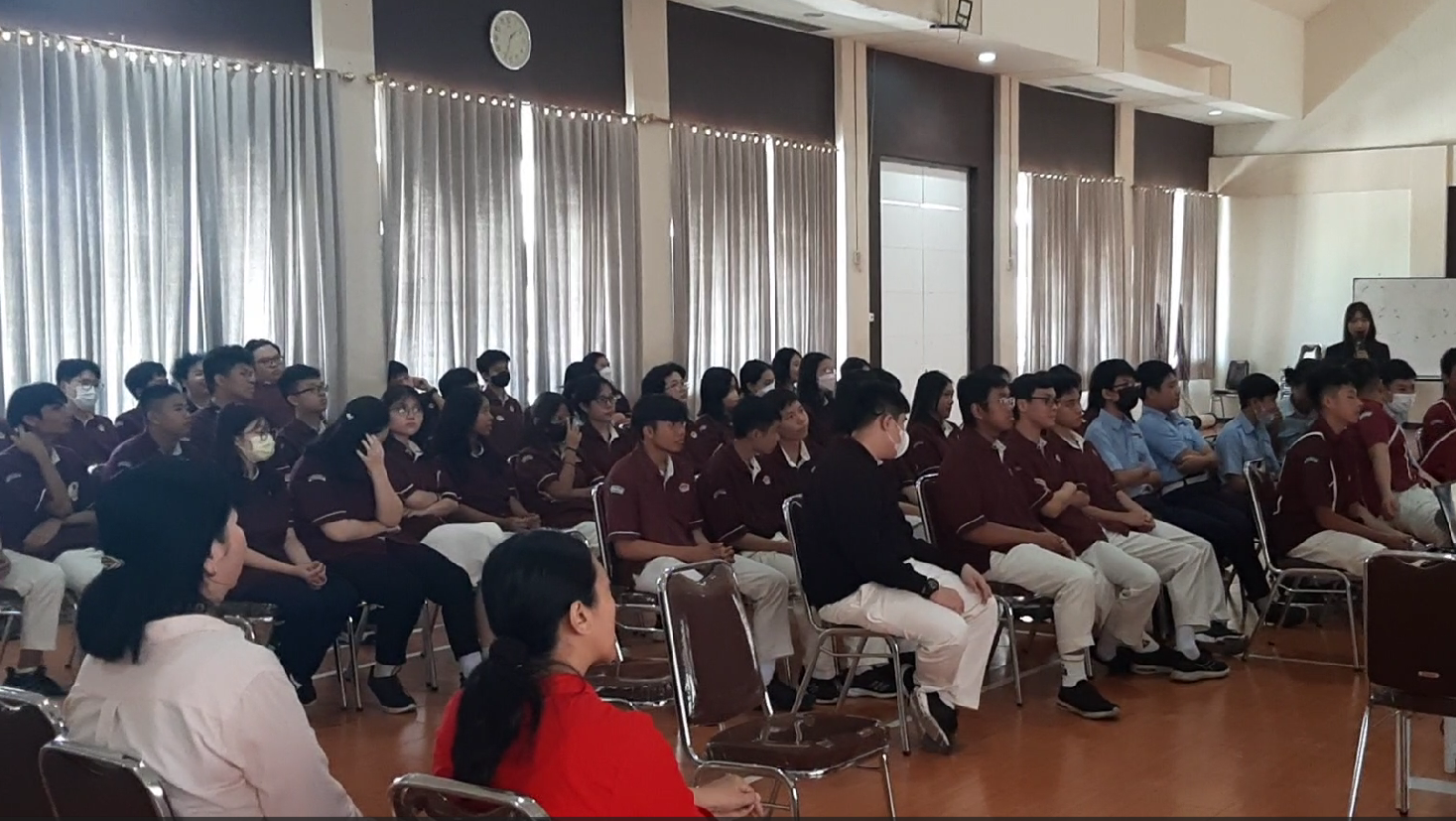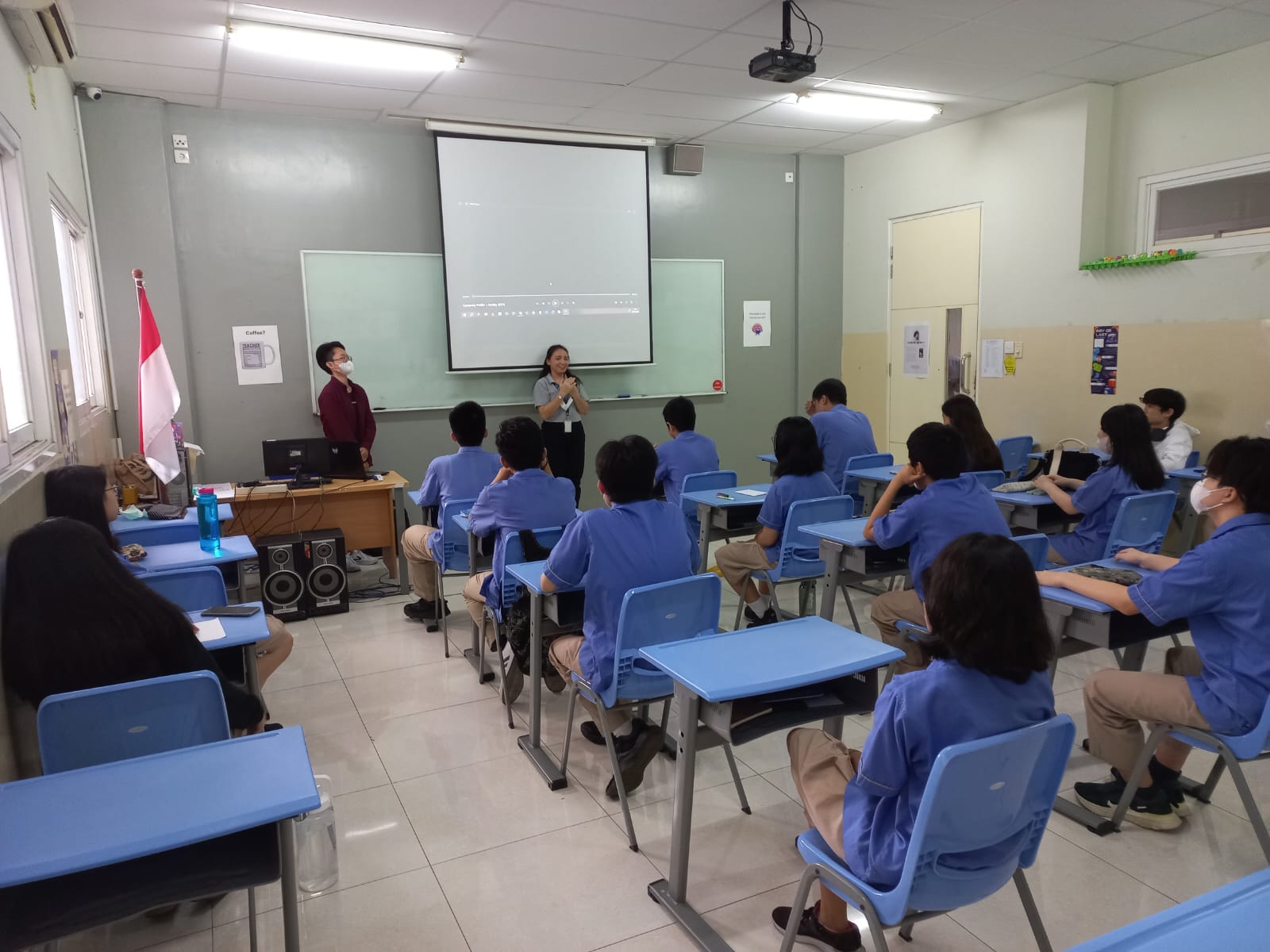
Configuration of Hybrid Vehicles
The fourth episode in KSP Season 9 has the theme Configuration of Hybrid Vehicles presented by Ferdiand Cornelius Sutiyono Master of Engineering (M. Eng.). This webinar will be held on Friday, 31 April 2021 through the Zoom platform and live streaming Youtube. The webinar was opened with self-introduction from the speakers. For information, the resource person is an alumni of S1 Electrical Engineering. He also had been a lecturer for approximately 1 year. Then continued his studies in 2015 in Germany.
Is that a hybrid? Hybrid itself comes from Latin, namely "hybrida" which means crossing. In the automotive world, it means a vehicle system that has two different propulsion systems, and each of these systems has its own energy source and storage area.
There are 3 basic types of configuration, namely Series, Parallel, and Series-Parallel. The idea of the Hybrid Series is to take the efficiency of the combustion engine. The easiest example is that a car will be much more efficient on the highway than in the city. This is because on the toll road the car will continue, while in the city there is a red light that causes the car to stop. "The advantage of this Hybrid Series is that it will stay on, so it's basically like on a toll road," said the source.
The difference between the two is that the Series is a motor that is connected to the rear wheels while in Parallel Hybrid it is not connected to the rear wheels. The way the Parallel Hybrid works is the same as other conventional cars, starting from the gasoline entering the combustion engine so that it can run the rear wheels. The combustion engine in Parallel is different from the Series. In Parallel, the combustion engine can be used to charge the battery.
Series-Parallel Hybrid is a combination of Series and Parallel which aims to take advantage of both. After that, the speaker also gave five questions about Hybrid Configuration through Kahoot. If you have questions, you can contact the source via his Instagram @ferdiand_cornelius. The webinar then ended with attendance and a group photo session.
.png)


